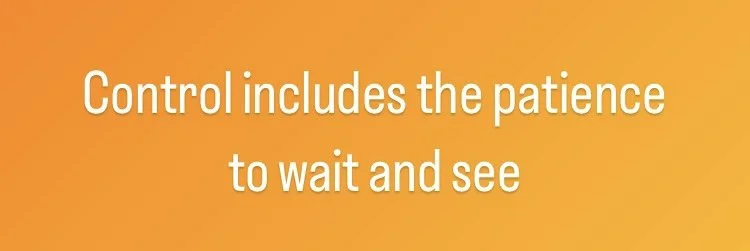How to paint Water Droplets in Watercolour
Since I posted this practice as part of my Watercolours for Beginners Mind online course, I’ve been asked about how do I do these water droplets and … so here’s a whole post about that, and watch the demo video below. I hope this is helpful.
The illusion of three dimension comes from dark value shapes applied next to highlights. This illusion shows a cast shadow from a reflected light from a particular direction. In the case of the droplets above, the light source is on the left bottom going up, therefor the darkest shade is the shadow on the top right side.
All the shadows and light need to come from the same direction, on all droplets in the same page.
These swatches with a drop each except for one shows how I start. The background colours needs to be painted first, and be allowed to dry completely.
The shape of the droplet does not need to be round, it can be oval. but the edges of the drops and the shadow all needs to be clean, so a good pointy brush is important for this exercise. I use a round medium brush for these.
I use white opaque pigment white paint, in the above series of violet droplets. The key to its success is the quiet determination of control so the shade gradation is smooth from the lightest to the darkest, and the degree of contrast needs to be quite high. I did these within a few layers, and the white highlight is the very last thing, when the layers has all dried completely. The white highlights I added using an opaque white pen show on the right, it is Uniball Signo Broad Pigment Ink white pen.
In my experience of practice painting hundreds of these watercolour droplets, I learned these things:
You need a lot of water to begin with, and then you can reduce gradually. Dry paint doesn’t work.
Controlling how much liquid and its consistency on your brush will be your constant struggle. And its a good struggle.
Your brush has to match the size of your droplet, and it has to have excellent sharp tip.
Allowing mistakes for the first few attempts is important. What that means is I have to wait for the good stuff to appear, it doesn’t happen in the first try
Drawing droplet with a pencil first, and using shading to understand what shape your light to dark values need to be is a highly recommended exercise.
The paper you use will determine the degree of realism you will get, close up. Cotton paper will give you the smoothest result, other types of wood pulp/cellulose mix media paper will give a variety of blooms and unevenness that could be nice too, just different.
Realism is relative to the holder of the brush.
Control includes the patient to wait and see
In the free class I am sharing a few different approach and exercises, so you can repeat the techniques and improve it over time. And in this class, I will give you the different ways you can exploit the watercolour paint in its fullest potential, and that means not being afraid of it.
The watercolours know when you’re timid and unsure, your result is a mirror of your attitude and mindset. Shift your attitude towards the paint, and find yourself in uncharted territories. The best kind of watercolour painting in my experience is when you’re truly free from your own expectations that it will go well, and when you’re unable to tell if the result will be good or bad. This is the ‘tricky’ part everyone is talking about.
Let not that be a deterrent.
You need more water than a thimble, more water than the cap of your water bottle, and definitely more water than the puddle of water pooling under your cold drink when the ice has melted.
This short video sums up one way I paint a water drop in watercolour. The technique requires a bone dry background colour of your choice, and to add darker value on one side of the circle, leaving out the highlight shapes, and then gradually lightening up the values to the opposite side. Then the lifting of the background colours using a clean damp brush to create more contrast, in the crescent mood shape, before adding the darkest value of the cast shadows.
Enjoy the process, don’t be too hung up on the result,
Watercolour paint knows when you want to be a tyrant, and it prefers that you be it’s friend, and give it some freedom to do what it wants, so you can have the result you want.
“Watercolor is a tricky materials because it has a mind of its own, “ I always hear this, and I don’t think you can truly say that until you’ve experience the medium in it’s fullest potential. If you’re a dabbler, doodle and you use watercolor just once in a while, you cannot believe this statement until you actually have overdone, overworked, experience timid, messy, bad painting, and try your best to control the paint and failed in as many different ways as possible.
Mastering watercolour is not about letting go of control, it is in fact about persuasion, a graceful negotiation, a soulful coaxing, a playful, light handed hand, arm and wrist action.
The Pinterest board associated to this class is here
See you in the next one.
Susan







